Temper of Herbs
by Robert Allen Bartlett
150 pages / 30 Oct 2020 / 9781947544260
In this landmark exploration of the qualities of elemental degree, Robert Allen Bartlett sets up ancient alchemical natural philosophy against modern lab equipment. In the span of 150 pages, he outlines the historical basis for assigning temperament to an herb, and then presents raw laboratory data, in some cases copied facsimile from his own notes, to probe how chemistry either confirms or denies the results achieved through traditional alchemical theory and medical practice.
The first printing, limited to 666 copies, features a full color interior and gold foil cover accents.
Available on backorder
Abstract
This book concerns an on-going laboratory research project investigating the elemental and humoral constitution of medicinal herbs as given by classical sources. So, for example, when the Roman physician Claudius Galen or the renaissance herbalist Nicholas Culpeper say that Hemlock is an herb which is Cold in the 4th degree and Dry in the 3rd degree, we may have a method of confirming such a classification or of producing a classification if one does not exist. The determination of a medicinal herb’s ability to affect the body and the relative intensity of that effect is a problem with a long pedigree of great minds in medicine, chemistry, and mathematics from ancient times to the present.
The methodology of the present study employs modern thermogravimetric analysis combined with the classical “analysis by fire” or “spagyric anatomy” as described by alchemists from at least the time of Jabir ibn Hayyan (circa 800 CE) and which became the center of a great debate on the number and nature of the elements in the seventeenth century.
The text includes a short examination of the development of elemental theory as applied to medicine with an introduction to the four humors and humoral medicine practiced for over a thousand years, and is indeed still practiced in parts of the world. The main focus of interest is in how materials were tested in order to assign their temperament. The laboratory methods used in this study are fully explained with many graphic examples and comparisons between materials. The methods of data reduction used to arrive at a final value for a material’s intensity are also explained for each phase of the investigation. Future possibilities are discussed and include the possibility of confirming classical designations for medicinal herbs and herbal compounds as well as application towards mineral medicines of the classical materia medica.
About the Author
Robert Allen Bartlett is a practicing alchemist and author. A natural born scientist, Robert’s interest in geology and the sciences in general prompted him to construct his own home laboratory when only 9 years old. Roberts interest in the ancient use of natural materials lead him to the study of alchemical works at the age of 12 and it has become his lifelong passion. In 1974, he left San Jose State University to pursue an intensive course of alchemical study at the Paracelsus Research Society (later Paracelsus College) under the guidance of Dr. Albert Reidel (Frater Albertus). During this time, Robert lived in central Idaho where he performed personal research on botanical materials and worked underground mining antimony (an important alchemical resource). By 1976, at the prompting of Frater Albertus, Robert returned to college at Boise State University to complete his degree in chemistry with the view of working at the newly formed Paralab, a commercial offshoot of Paracelsus College. During this time Robert lived in Boise and was employed as a geochemical assayer for the mining industry. In 1979, he received his B.S. degree chemistry and immediately began work at Paralab as Chief Chemist. Working closely with Frater Albertus, Robert researched and developed a wide range of mineral and metallic preparations following Western and Eastern alchemical traditions for applications in alternative health care. Later, Robert was selected by Frater Albertus to become a Director of Research at Tristar, the future vision of Frater Albertus which would combine the Paracelsus College, Paralab, and a Healing Arts Center into one complex. Unfortunately with the death of Frater Albertus in 1984, both the college and Paralab closed its doors and the Tristar dream was never realized. Robert’s pursuit of alchemical research never diminished, as he continued his chemistry career as a research scientist for new ceramic materials, then later as the Chemistry Department Manager for a large materials testing laboratory. In this new environment, he was able to document and perfect alchemical experiments in ways undreamed of by the ancient alchemists using the very latest in scientific instrumentation. Robert is currently living in the Pacific Northwest with his wife and two daughters where he has been teaching classes and giving workshops on practical alchemy since 2002. He is an instructor with Flamel College. He also produces a line of spagyric and homeopathic mineral salts under the Terre Vitae label. He is the author of Real Alchemy and Way of the Crucible, as well as two articles for the Verdant Gnosis book series (vols 1 and 3). Temper of Herbs is his third book, and The Book on Antimony is forthcoming with Revelore press in 2021.

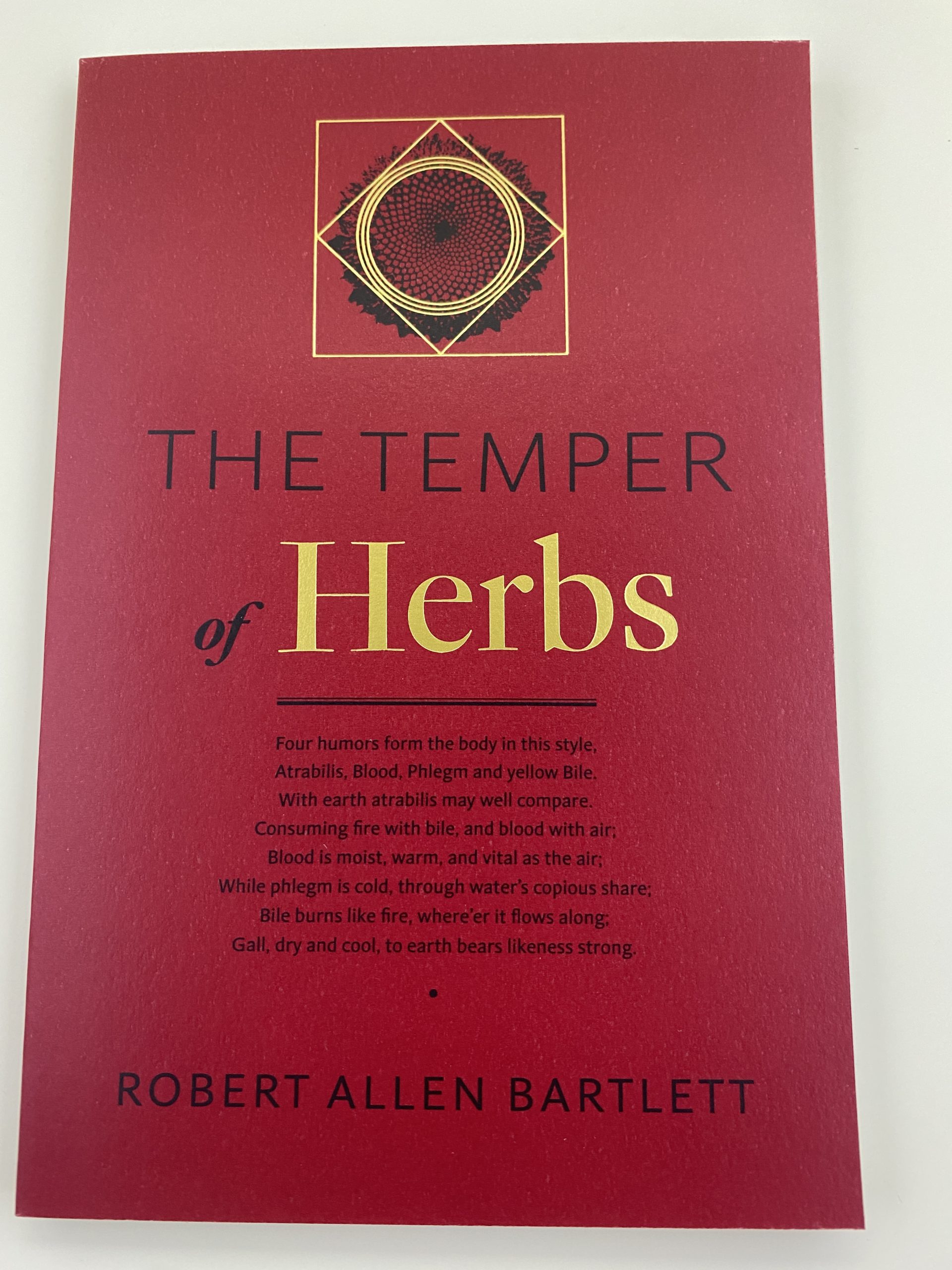
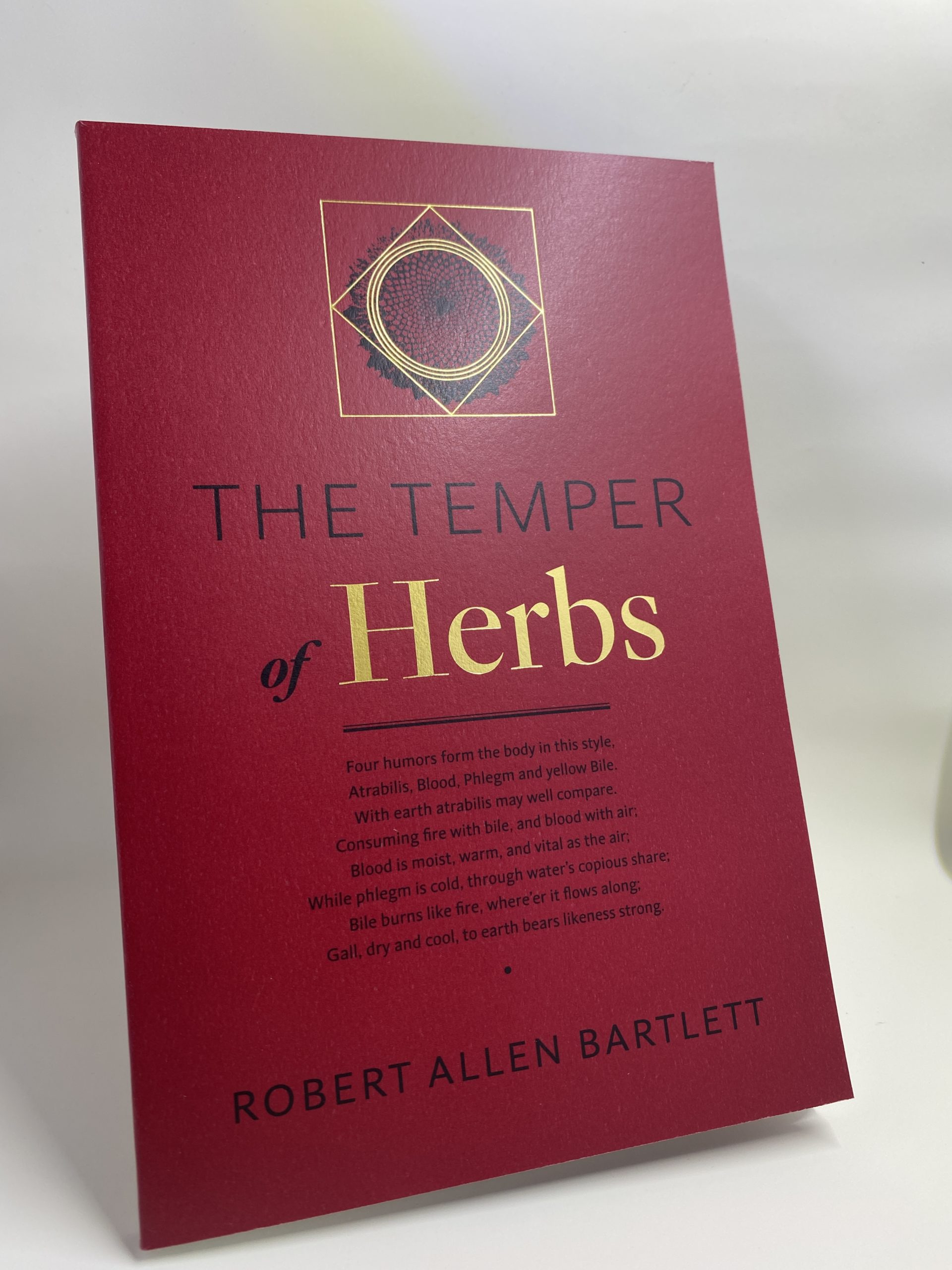
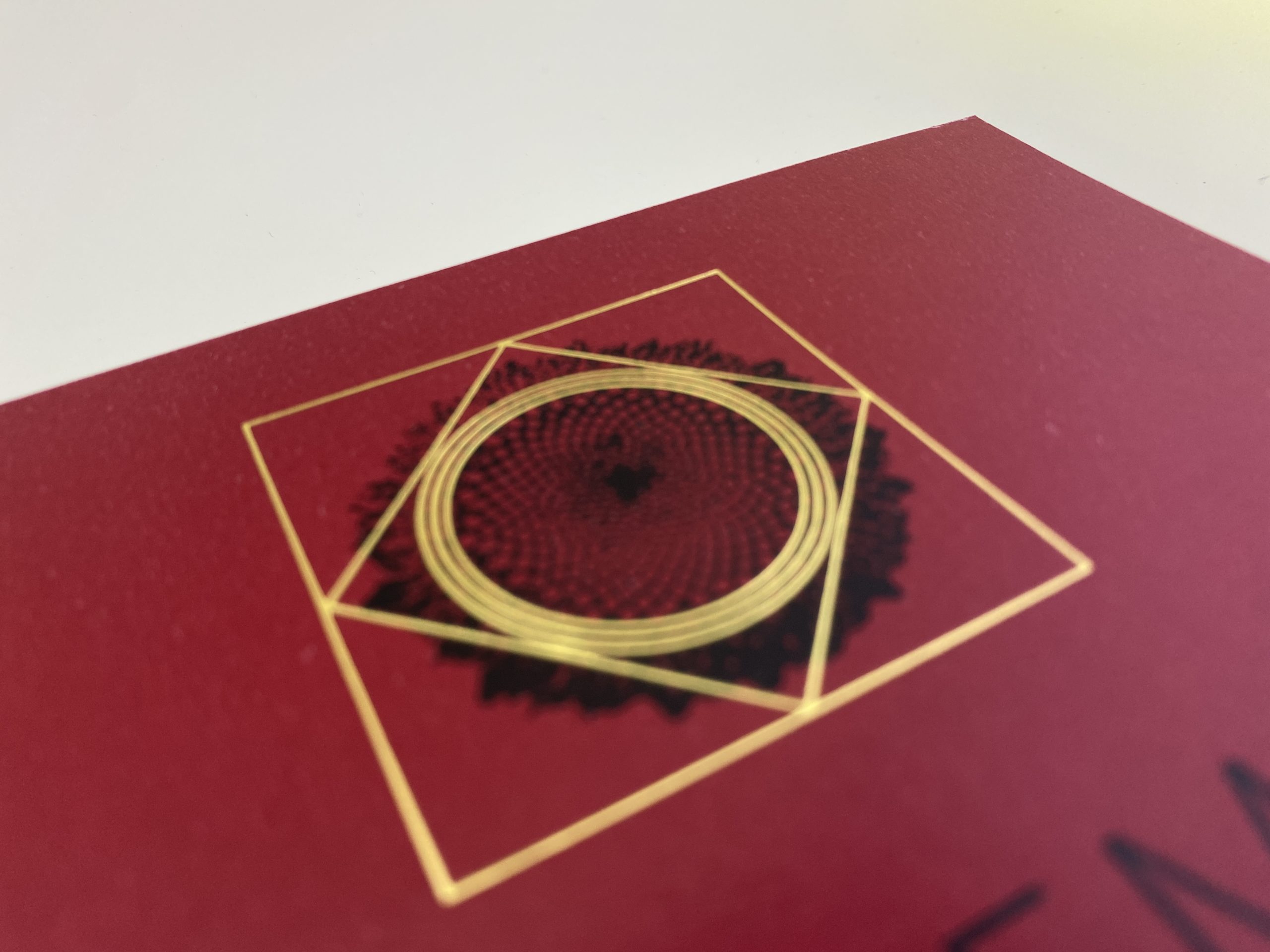
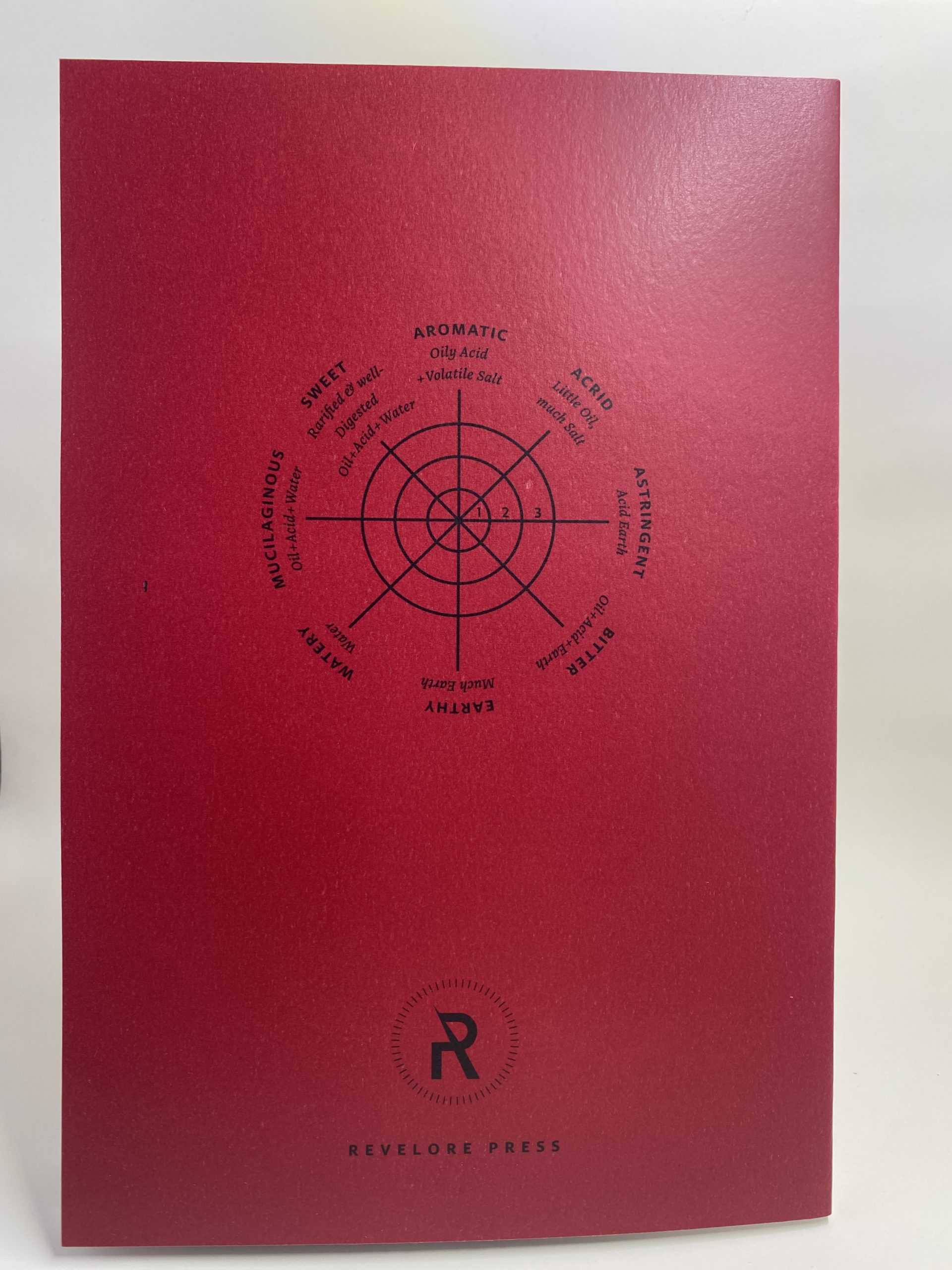
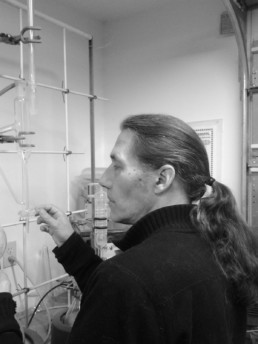
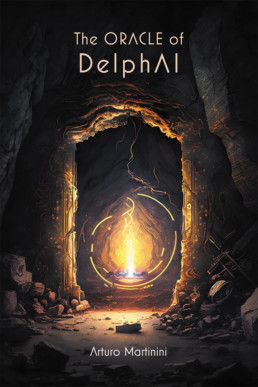
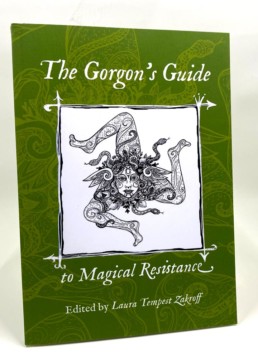
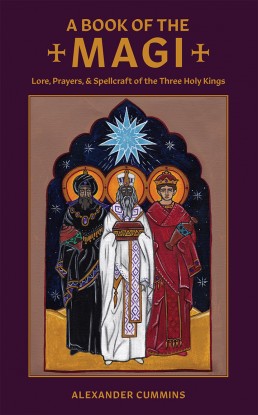
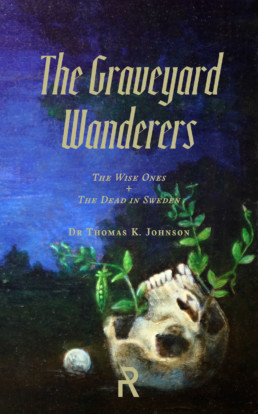
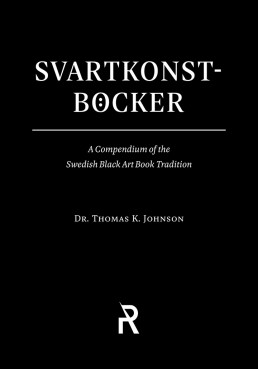
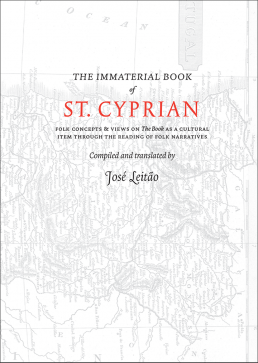
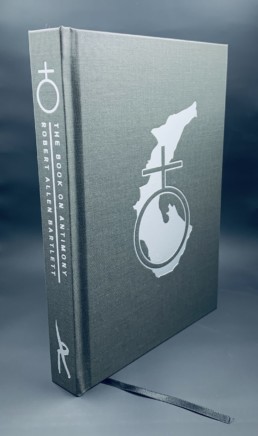
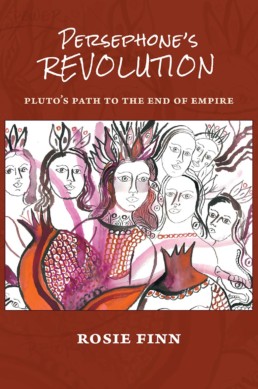
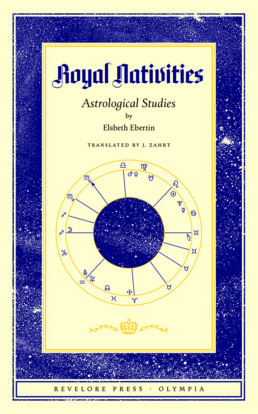
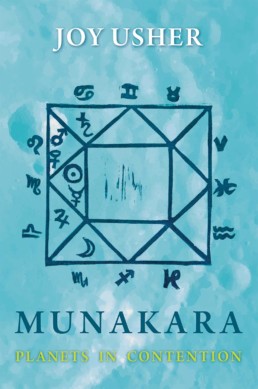
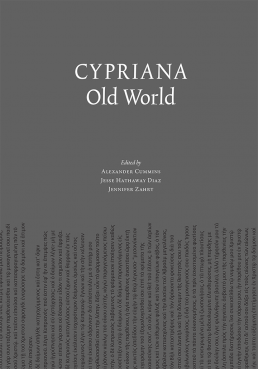
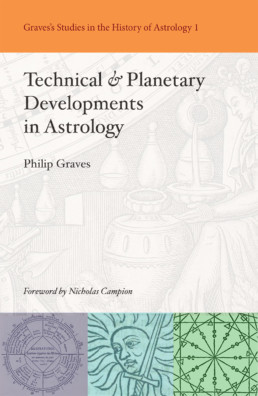
Reviews
There are no reviews yet.